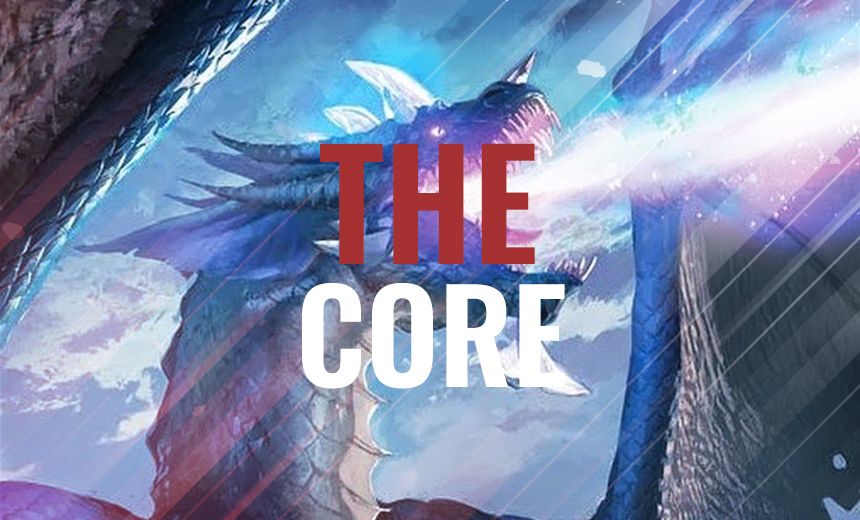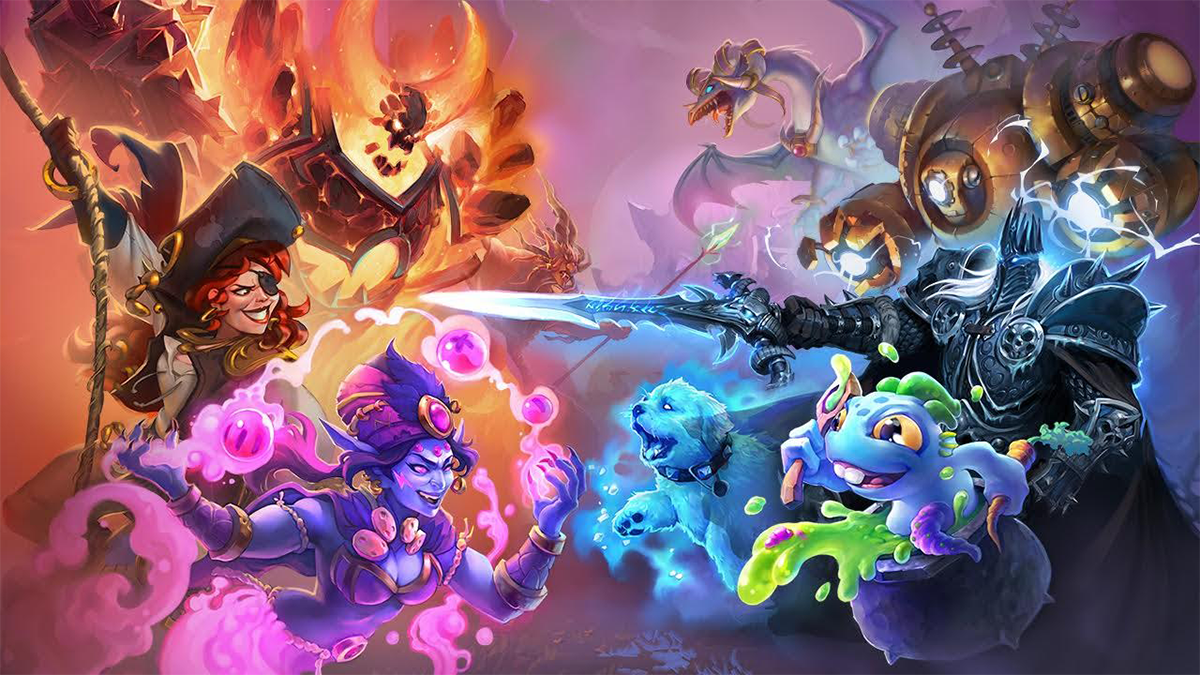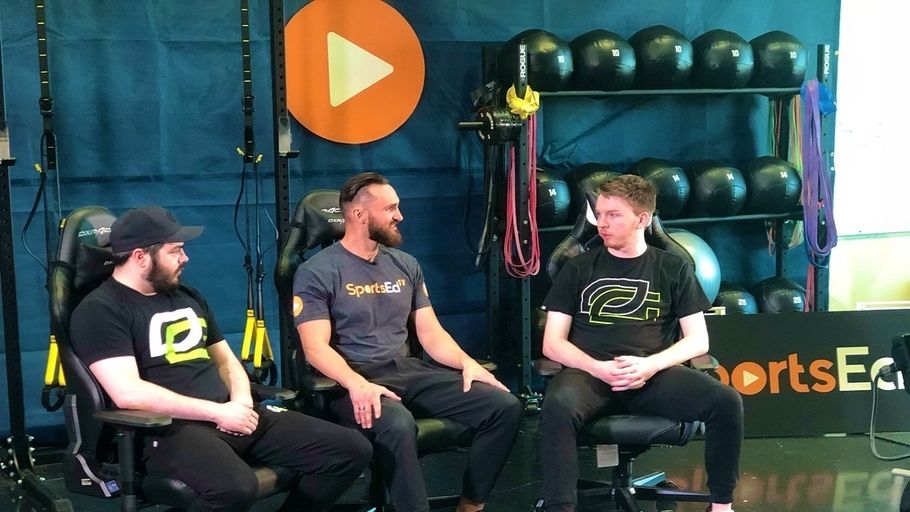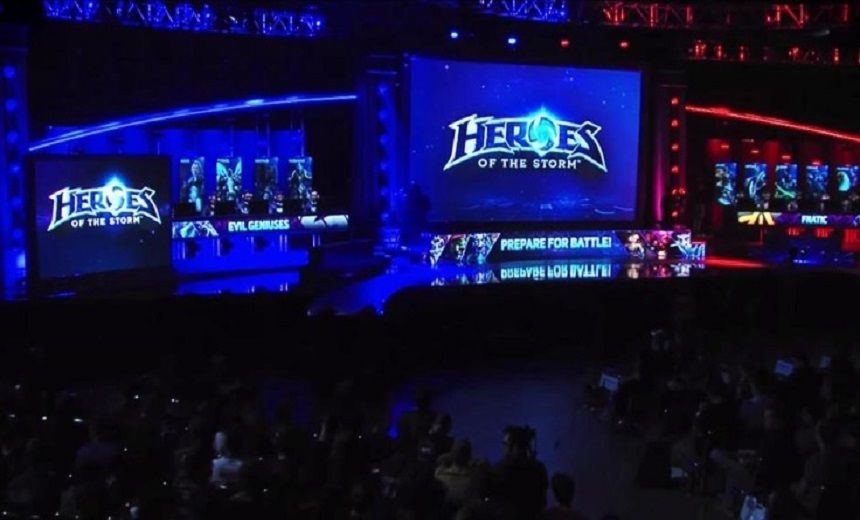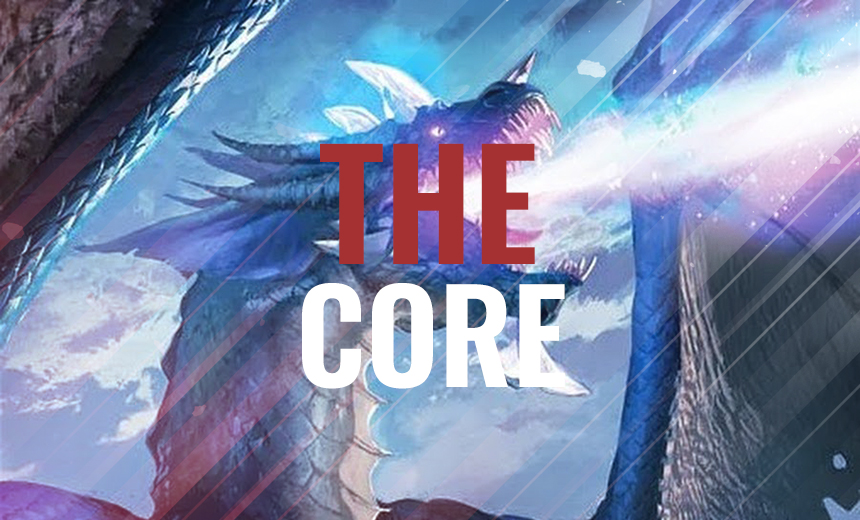
Each issue will also give rough guidelines on how to complete the core into a fully functional deck so you can start owning the ladder, too.
For our first edition, we look at one of the strongest decks in Standard: Malygos Druid, inheriting the throne from the Yogg Tokens as the most dominant build for the class. The Malygos Druid is a spell-heavy deck, playing a number of, ramp, removal and cycle cards, having a strong mid-game with [card]fandral staghelm[/card] and oppressing late-game with big minions and the OTK threat of [card]malygos[/card]. An archetype with a very tight list, Malygos Druid is a subject to likely the least amount of variations among the top decks and features a core of 26 cards, with only four slots left for tech cards or personal choices.
Here's the core itself (5,500 dust)

As you can see, out of the 26 cards a total of seventeen are spells, which synergize well with the double [card]arcane giant[/card]s at the end of the curve. The spell types are more or less evenly split between ramp ([card]wild growth[/card], [card]innervate[/card]), removal ([card]wrath[/card], [card]swipe[/card], [card]feral rage[/card]), OTK pieces ([card]moonfire[/card], [card]living roots[/card]) and card draw/utility ([card]raven idol[/card], [card]nourish[/card]).
The spell arsenal is, furthermore, extremely flexible, as five out of the nine different spells have a “Choose One” effect, allowing for the deck to adapt to many different situations without necessarily having to tech in specific cards.
Malygos Druid wants to play an almost solitaire-like game, where it cycles, casts spells and barely reacts with the board until the time comes to drop its big threats, whether they are Arcane Giants, [card]Ragnaros the Firelord[/card] or a [card]malygos[/card] burst. Thus, its playstyle is largely different from traditional Druid decks of the past, which would focus on a more midrange, minion-centric gameplay and with the game through establishing board hegemony through trades.
Filling the core up
Early curve: Mana slots 0-3
There are two major choices to be considered when the early curve is filled:
1) +1 or +0 [card]Bloodmage Thalnos[/card] -- Statistically, most players will omit Thalnos from their builds, but the card’s flexibility makes it a good fit. It works well with cheap removal like Wrath and Living Roots early on and is good boost to Swipe later on. Most of the time, however, the real choice in these mana slots will be:
2) +1 [card]Feral Rage[/card] OR +1 [card]Mulch[/card] -- To put it simply, in vacuum Mulch isn’t a very good card, but as Druid hard removals go, it’s their best choice. Mulch is most often used when the meta is slow and control-dominated as the Druid wouldn’t mind killing a big threat like [card]Sylvanas Windrunner[/card] or a Giant, even if it means giving the enemy a minion in return. In faster metagames (not necessarily aggro), a second [card]feral rage[/card] is the smarter choice due to its double-function nature (removal + survival), synergy with Fandral and its 4-damage capacity, which makes killing [card]Totem Golem[/card]s, [card]azure drake[/card]s, [card]flamewaker[/card]s and [card]tomb pillager[/card]s easy.
Mid curve: Mana slots 4-7
Most of the variation to the core will happen in the mid curve, the most important of which are:
- +1 [card]Mire Keeper[/card] -- Not much to say here. Ramp is good. If you aren’t hunted down by blazing fast decks, second Keeper is a decent option.
- +1 [card]Baron geddon[/card] -- This tech was popularized by Sebastian “Xixo” Bentert in line-ups designed to beat Shaman. Baron Geddon is also great against Zoo, a natural predator of all Druid builds, and acts as an additional late-game threat that has to be cleared as soon as possible.
- +1 or +2 [card]Ancient of war[/card] – Strong anti-aggro card that can be ramped out in the mid-game and save you against Zoo, Shaman, Hunter and the likes. +1 is the more common option and only a few players – Radu “Rdu” Dima in particular – are known to play double AoW.
- +1 [card]Moonglade Portal[/card] -- Another swingy card with two functions: Survivability and board development. Good inclusion despite possible bad RNG rolls as it adds another life-gain mechanic, opening more aggressive plays with [card]Feral Rage[/card].
- +1 [card]Harrison Jones[/card] -- Simple: If you’re battling weapon classes a lot (Warrior, Rogue, Paladin) or are building a line-up to target them specifically, get this in.
- +2 [card]Dark Arakkoa[/card] -- This is a tech popularized by Pavel “Pavel” Beltukov, who reached the playoffs of Blizzcon using Arakkoa’s where others would play Ancient of War. The minion isn’t as tough as AoW and lacks its flexibility, but comes a turn early, which could be life-saving a lot of the times.
- +1 [card]jungle moonkin[/card], +1 [card]The Curator[/card] -- This is a tech very different from the other, as it plays the symmetrical effect of Jungle Moonkin but gives the Druid the power of huge spell damage which goes well with the class’ cheap spells. The Curator is added to tutor the Moonkin out of the deck and fetch either an Azure Drake or Malygos.
Late curve: Mana slots 8+
- [card]Yogg-Saron, Hope's End[/card] -- This is honestly the only consideration for the late curve. Despite the nerf, Yogg is still a popular choice for Malygos Druid, though its loses a lot of its attractiveness against control decks due to the poorly populated boards and the risk of speeding up fatigue through card draw spells.
This was the first edition of "The Core", GosuGamers quick-guide series. Vote in the poll below and tell us which deck would you like us to feature next.

